We read in St. Bernard's account that St. Malachy made a pilgrimage to Rome about the year 1139, visiting St. Bernard en route, to petition Pope Innocent for palliums for the Sees of Armagh and Cashel. He was appointed legate for Ireland at that time. Visiting Clairvaux on his return visit he received five monks as companions to return to Ireland to make a Cistercian foundation in Ireland, under Christian, an Irishman, as superior. St Malachy died at Clairvaux on a second journey to Rome on 2nd November, 1148. He was canonized by Pope Clement (III), on 6 July, 1199, and his feast is celebrated on 3rd November, transferred on account of the Feast of All Souls.
An account of the consecration of the Abbey Church is to be found here.
Two years after the death of St. Malachy, Christian, the first Abbot of Mellifont, was appointed Bishop of Lismore, and succeeded St. Malachy as Legate of the Holy See in Ireland, by will of Pope Eugenius III, who had been his fellow-novice in Clairvaux. Christian's brother, Malchus, succeeded as Abbot. Under Abbot Malchus Mellifont flourished and by 1152, the tenth anniversary of its foundation, the same year as the death of St. Bernard, six daughter houses, Bective, Newry, Boyle, Athlone, Baltinglass (in Kildare and Leighlin), and Manister or Manisternenay, Co. Limerick, had been established. It is to Baltinglass that the next part of this series will turn.
In that same year, Bishop Christian presided at his first Synod of the Irish Church and Dervorgilla, wife of Tiernan O'Rourke, Prince of Breffney, eloped with Diarmuid McMorrough, King of Leinster, a conflict that was to lead to the betrayal of Ireland to the Norman Lords and the occupation of Ireland for a further eight centuries.
The tower that greets the visitor to Mellifont today is the porter's lodge, through which the medieval visitor would have passed into the monastic enclosure. It is a common feature of the Cistercian standard plan. The lodge at Aiguebelle most closely resembles that at Mellifont.
The total length of the transepts is 116 feet; the width 54 feet. The northern one is some four feet longer than the southern. They seem to have had aisles, an unusual arrangement in churches of the Order where simplicity was the overwhelming note. In the northern transept were six chapels, the piscinas of which are still to be seen in the piers adjoining. These fixed wash-hand basins were for the Priest to perform a 'lavabo' before starting Mass.
When Sir Thomas Deane had carried out the first excavations at Mellifont, he discovered the foundations of two semi-circular chapels in each transept, in a line with the site occupied by the High, or principal Altar. He wrote: "Within the circuit of the external walls are the foundations of an earlier church which indicate four semicircular chapels, and two square ones between. Of this church we have no distinct record, but the bases of semi-detached pillars would indicate the date given for the erection of Mellifont." These four semi-circular chapels in line with the High Altar, follow precisely the plan of the church of Clairvaux erected in 1135, only seven years before the foundation of Mellifons and which served at its model. The sanctuary is 42 feet deep by 26 feet wide. On the Epistle side, are a piscina surrounded with a dog-tooth moulding, and the remains of the sedilia or stalls, which were occupied by the celebrant, deacon, and subdeacon at High Mass. Under the sedilia a tomb was discovered during Sir Thomas' excavations.
Sir William Wilde, who visited in 1848, describes the octagonal 'Lavabo' structure like this: "This octagonal structure, of which only four sides remain, consists of a colonnade or series of circular-headed arches, of the Roman or Saxon character, enclosing a space of 29 feet in the clear, and supporting a wall which must have been, when perfect, about 30 feet high. Each external face measures 12 feet in length, and was plastered or covered with composition to the height of 10 feet, where a projecting band separates it from the less elaborate masonry above. The arches are carved in sandstone, and spring from foliage-ornamented capitals, to the short supporting pillars, the shaft of each of which measures 3 feet 5 inches. The chord of each arch above the capitals is 4 feet 3 inches. Some slight difference is observable in the shape and arrangement of the foliage of the capitals, and upon one of the remaining half arches were beautifully carved two birds ; but some Goth has lately succeeded in hammering away as much of the relieved part of each, as it was possible. The arches were evidently open, and some slight variety exists in their mouldings. Internally a stone finger-course encircled the wall, at about six inches higher than that on the outside. In the angles between the arches there are remains of fluted pilasters at the height of the string-course, from which spring groins of apparently the same curve as the external arches, and which, meeting in the centre, must have formed more or less of a pendant, which, no doubt, heightened the beauty and architectural effect. Like the pillars and stone carvings in the Chapter-house, this building was also painted red and blue, and the track of the paint is still visible in several places. The upper story, which was lighted by a window on each side of the octagon, bears no architectural embellishment which is now visible."

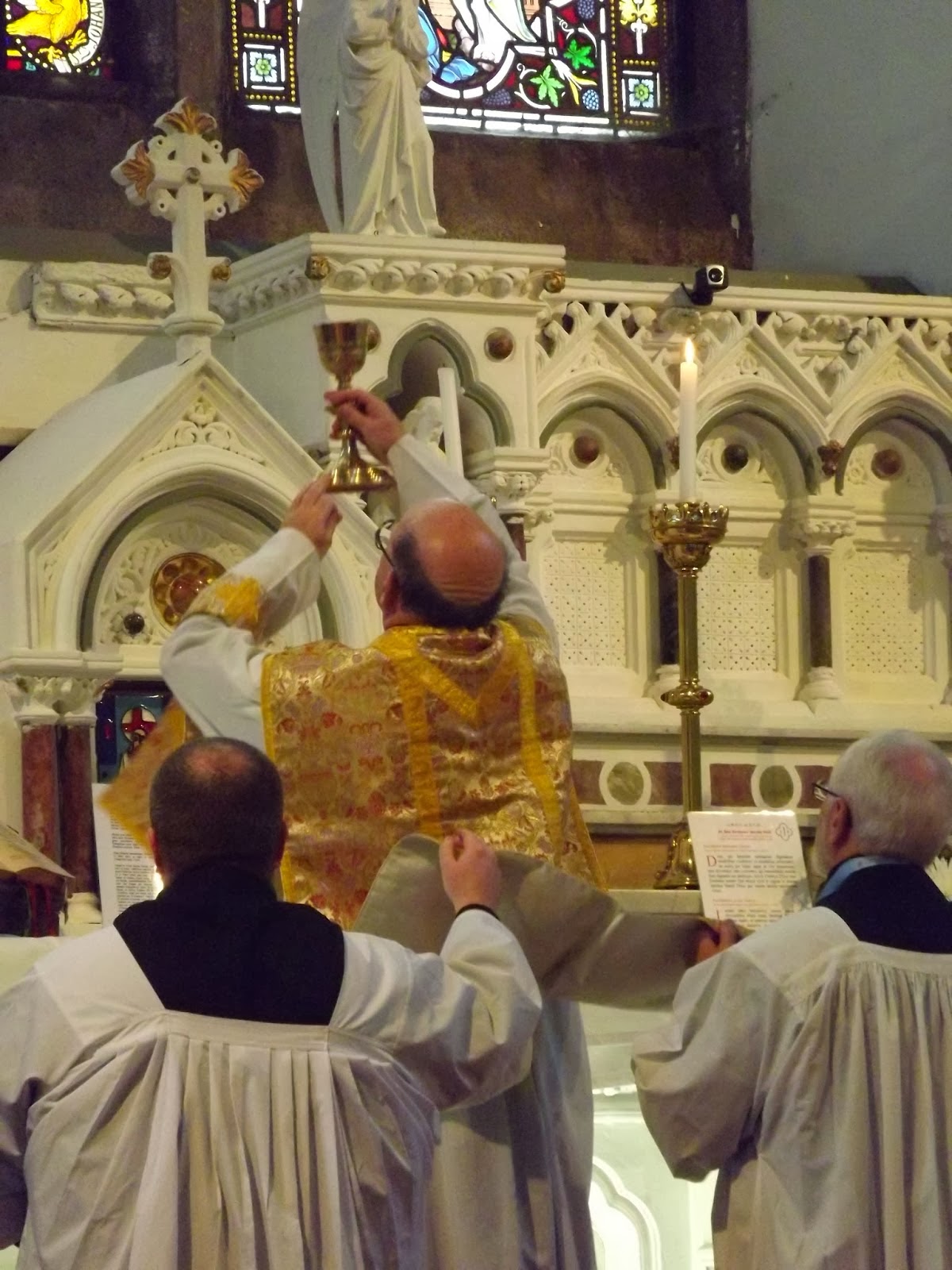

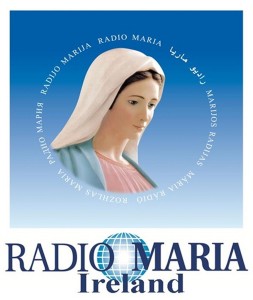


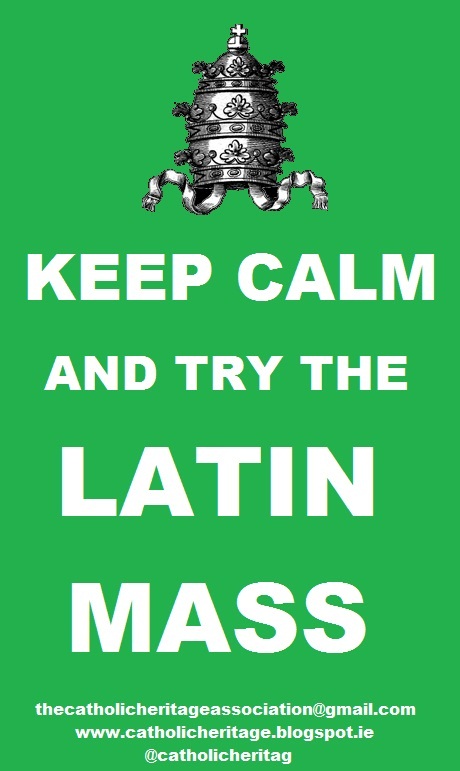

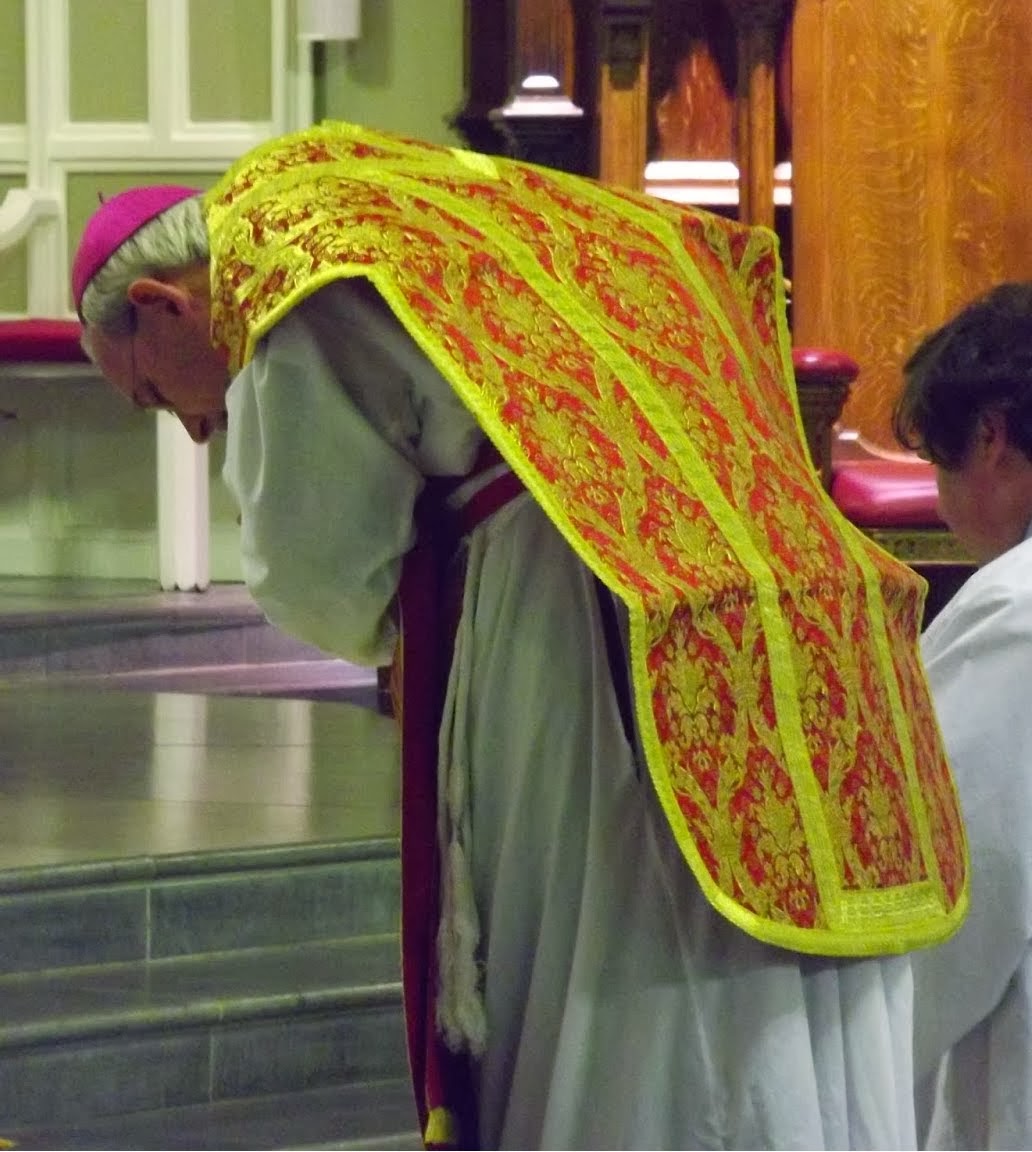

































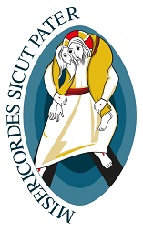
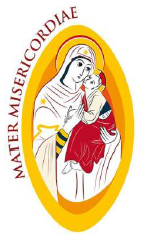
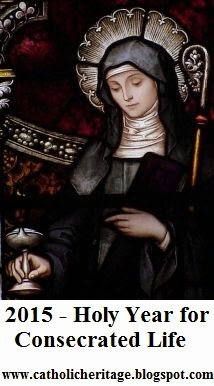
2 comments:
It suprises me at how the Irish Church that definitely had a need for reform is painted as irreformable and that the introduction of continental monasticism was a Norman thing. It's too easy to look at the Normans from the distance of 800 years. The original justification was to continue the reform of the Church but as we can see from this post the Irish Church was already in a healthy state of reform.
I live not far from Mellifont and I think you captured it excellently in words and pictures. It's also good to put it into a context of the daughter houses. Good on you!
Post a Comment